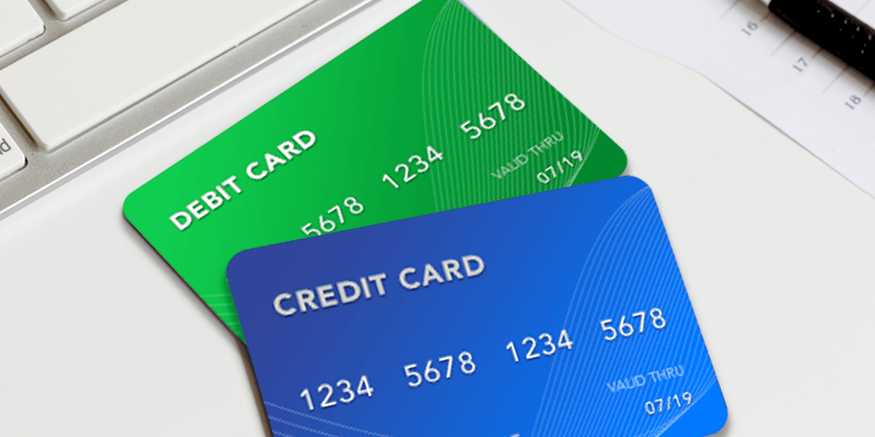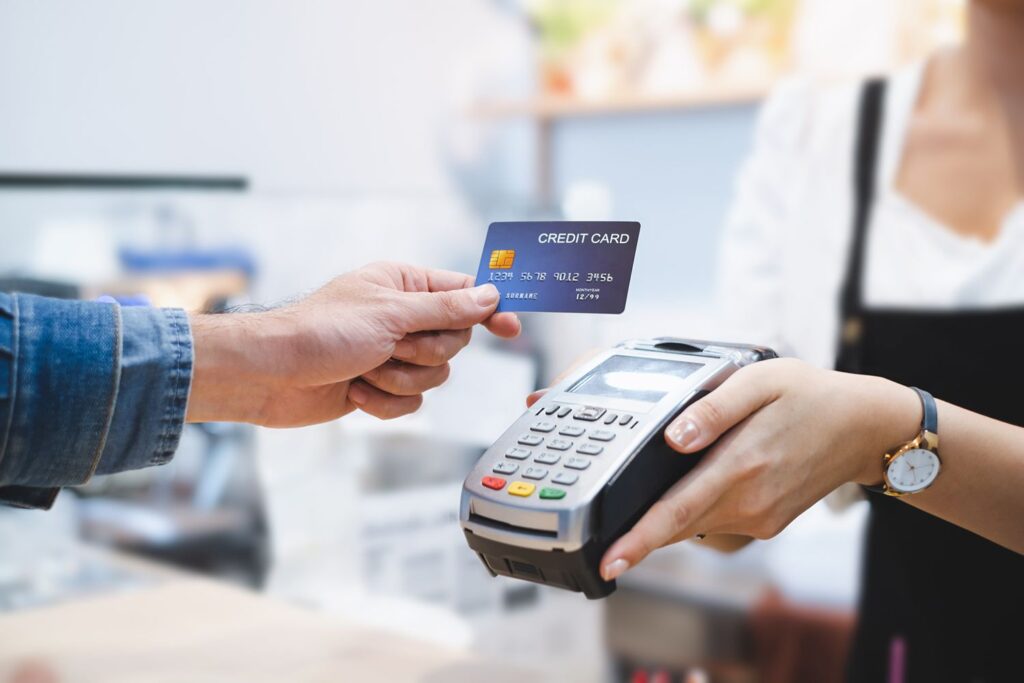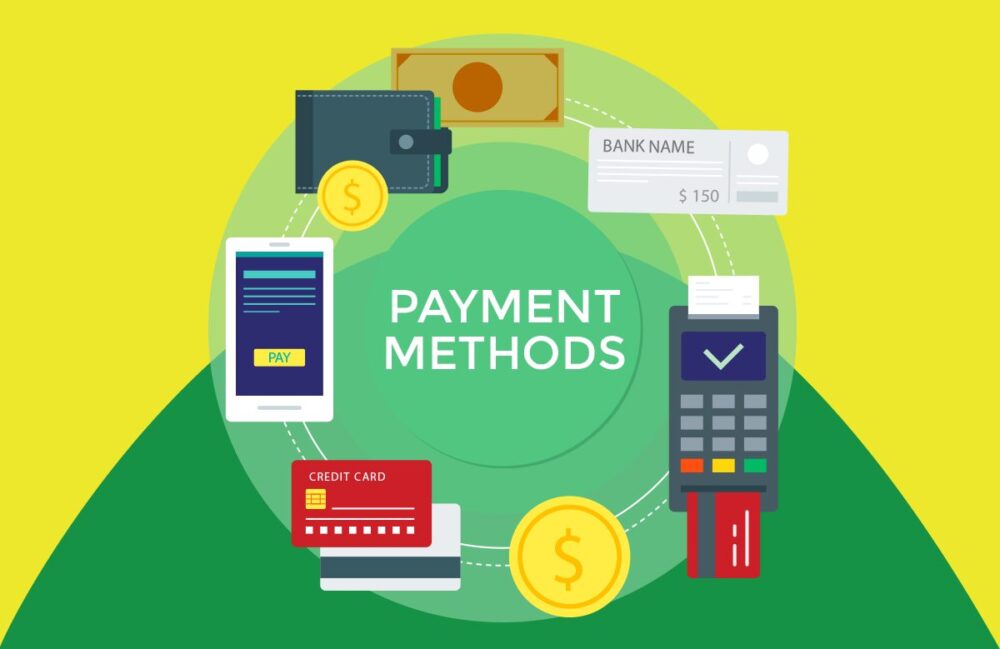Selecting the right payment methods is crucial for retailers to meet diverse customer preferences and operational needs.
Let us go through the pros and cons and weigh them to make a conclusion.
Cash Payments

Cash payments offer immediate transaction completion without the need for processing time. This immediacy can be beneficial for both retailers and customers, ensuring quick and straightforward exchanges. There are no transaction fees associated with cash payments, making it a cost-effective option for businesses.
The simplicity and ease of use of cash transactions are also notable advantages. Customers do not require any specific knowledge or technology to make cash payments, which can be particularly beneficial in areas with limited access to digital payment methods.
However, handling large amounts of cash poses significant security risks. Businesses must take measures to safeguard cash, which can be costly and complex. Cash transactions lack digital records, making it difficult to track and manage financial data accurately. This can complicate accounting and financial management processes.
The growing preference for electronic payments among consumers means that businesses heavily reliant on cash may face inconvenience and potential loss of customers who favor digital payment methods.
Credit/Debit Card Payments

Credit and debit card payments offer significant convenience for customers, enabling them to make purchases without the need to carry cash.
This is particularly advantageous in today’s digital age, where many consumers prefer the ease of swiping or tapping their card over handling physical currency.
The speed of card transactions is another major benefit; payments are processed almost instantly, reducing wait times at checkout and improving the overall shopping experience.
The use of a card machine for business ensures that transactions are processed securely and efficiently, adding an extra layer of protection for both the retailer and the customer.
Digital record-keeping is another significant benefit. Each card transaction is automatically logged, creating a detailed and accurate record of sales. This facilitates easy tracking and reconciliation of accounts, streamlining financial management and reducing the likelihood of errors.
For businesses, this means more efficient bookkeeping and better financial oversight.
Despite these advantages, credit and debit card payments come with certain drawbacks. One of the primary concerns is the transaction fees associated with card payments.
These fees can accumulate over time, potentially impacting a retailer’s profitability, especially for small businesses operating on thin margins.
The risk of chargebacks and fraud is another notable downside. Disputes over transactions can lead to chargebacks, where the retailer must refund the purchase amount. This can result in financial losses and added administrative burdens as businesses must manage and resolve these disputes.
Bank Transfers

Bank transfers provide secure and fast payment processing, making them a reliable option for both domestic and international transactions. In some cases, bank transfers may incur no transaction fees, making them an economical choice for businesses. They are particularly useful for large or international transactions where the security and traceability of funds are paramount.
The requirement for customers to have a bank account can limit accessibility, particularly in regions where banking services are not widespread. Potential delays due to verification processes can also be a drawback, as these can impede the speed of transactions. Bank transfers are not suitable for immediate payment needs, making them less ideal for situations requiring instant payment confirmation.
E-Wallets

E-wallets offer the convenience of storing multiple payment methods in a single digital location, streamlining the payment process for customers. They provide a high level of security through encryption and tokenization, reducing the risk of fraud. Additionally, e-wallets often come with loyalty rewards and discounts, encouraging customer retention and repeat business.
Despite their advantages, e-wallets make retailers dependent on e-wallet providers, which can pose risks if there are service disruptions or changes in terms. Transaction fees associated with e-wallets can also affect profitability. Moreover, the risk of data breaches and fraud remains a concern, as e-wallets store sensitive financial information that can be targeted by cybercriminals.
Prepaid Cards
Prepaid cards help prevent overspending by limiting the amount available for use, making them useful for budgeting specific expenses. They are convenient for individuals without bank accounts, providing a means of electronic payment without needing a traditional banking relationship. Prepaid cards are also easy to use and can be a practical gift option or tool for managing allowances.
However, prepaid cards often come with monthly fees and other charges that can reduce their overall value. Their acceptance is more limited compared to credit and debit cards, which can be inconvenient for users. Additionally, certain transactions may incur high costs, making prepaid cards less economical for frequent or large purchases.
Instant Transfers
Instant transfers provide immediate transaction processing, making them ideal for quick and urgent payments. They are available 24/7, offering flexibility and convenience for both businesses and customers. Instant transfers are particularly useful in situations where time-sensitive transactions are critical, such as emergency payments or last-minute purchases.
The higher fees associated with instant transfers compared to traditional transfer methods can be a drawback. Additionally, there are often maximum transaction limits that may not accommodate larger payments. Instant transfers are also vulnerable to phishing and scams, requiring users to be vigilant about security practices to prevent unauthorized transactions.
Contactless Payments

Contactless payments offer speed and convenience, allowing customers to complete transactions quickly with a simple tap of their card or device. This method reduces physical contact, which is beneficial during health crises like the COVID-19 pandemic. Contactless payments can integrate seamlessly with digital wallets, enhancing the overall payment experience.
However, contactless payments pose risks of theft and unauthorized transactions, especially if the card or device is lost or stolen. There are limitations on transaction amounts, which can restrict the use of contactless payments for larger purchases. Additionally, the dependency on technology and infrastructure means that any technical issues can disrupt the payment process.
Checks
Checks are familiar and easy to use for certain demographics, providing a comfortable payment method for those accustomed to them. They offer a physical record of transactions, which can be useful for tracking and documentation purposes. Checks are also a viable option for payments that require a formal, written agreement.
The inconvenience and time-consuming nature of checks are significant drawbacks, as they require manual processing and handling. The declining acceptance of checks by businesses further limits their practicality. Security risks from theft and forgery are also concerns, as checks contain sensitive banking information that can be exploited.
The Bottom Line
Understanding the pros and cons of various payment methods is essential for retailers.
Each method offers unique benefits and challenges, and the right choice depends on the specific needs and preferences of the business and its customers.
Careful consideration will help retailers optimize their payment processes and enhance customer satisfaction.





